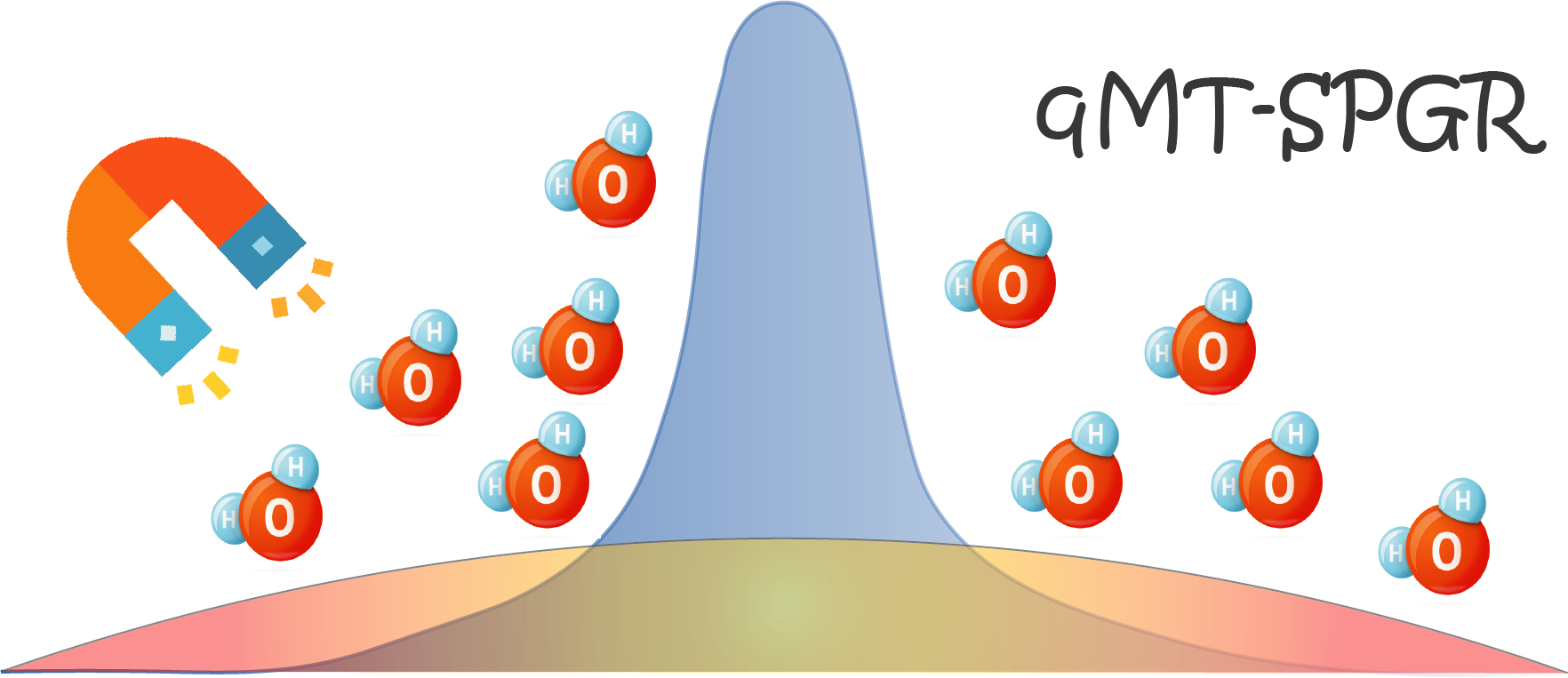Quantitative magnetization transfer using spoiled gradient echo

Below is an interactive tutorial about quantitative magnetization transfer (qMT) mapping that is powered by qMRLab. Most figures are generated with Plot.ly – you can play with them by hovering your mouse over the data, zooming in (click and drag) and out (double click), moving the sliders, and changing the drop-down options.
A Jupyter Notebook version of this blog post is also available through MyBinder, and can be viewed here. There you can modify the code, change the figures, and regenerate the html that was used to create the tutorial below. It is powered by qMRLab in Octave to process the data and plot the figures with Plot.ly using Python, all within the same Jupyter Notebook.
This work was supported by the Canadian Open Neuroscience Platform (CONP) initiative, the Quebec Bio-Imaging Network (QBIN), and the Montreal Heart Institute Foundation.
For the best user experience with interactive tutorials, we recommend using a laptop or a desktop computer.
In the following video tutorial, Mathieu Boudreau presented at the ISMRM 2022 the qMT-SPGR module powered by qMRLab and using the Graphical User Interface.

|
Except where otherwise noted, the content on this blog is licensed under a Creative Commons Attribution 4.0 International license.
|
